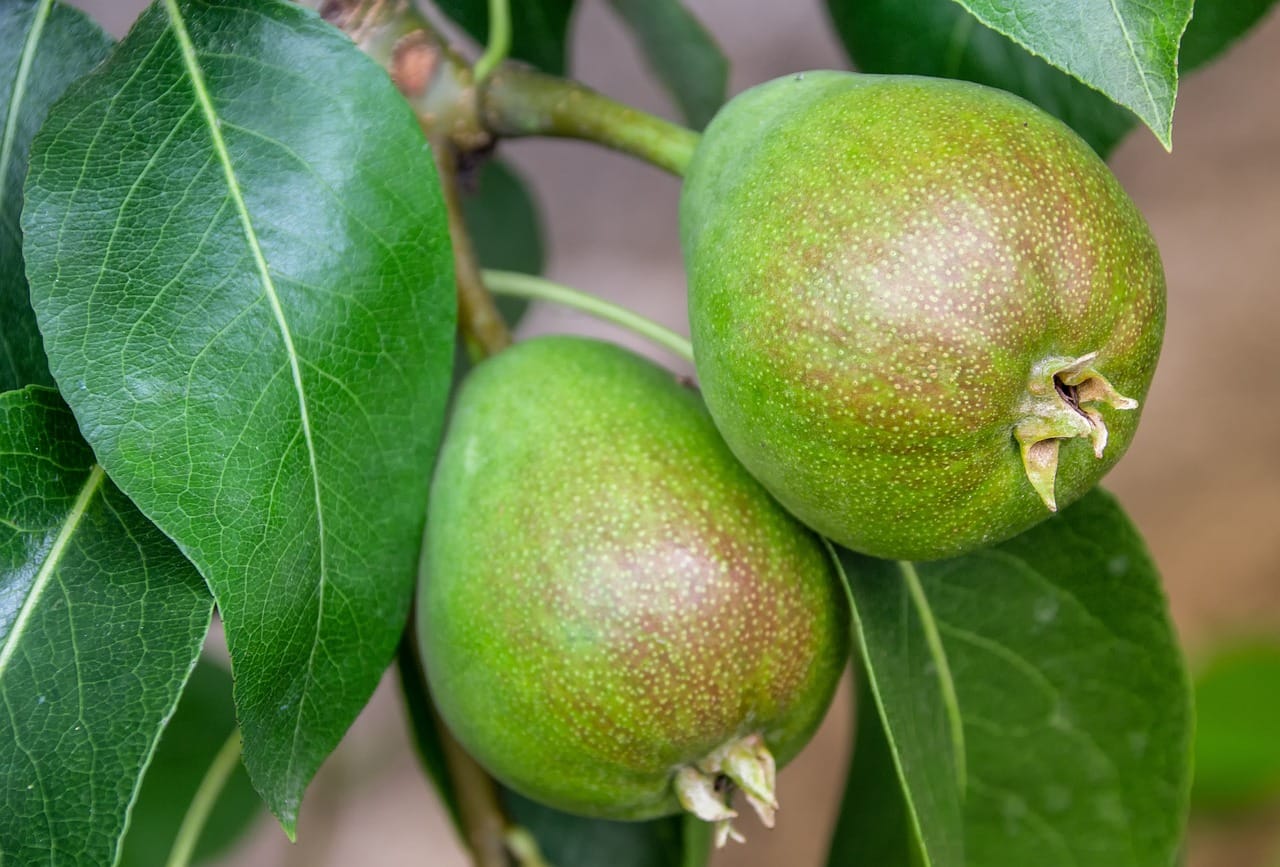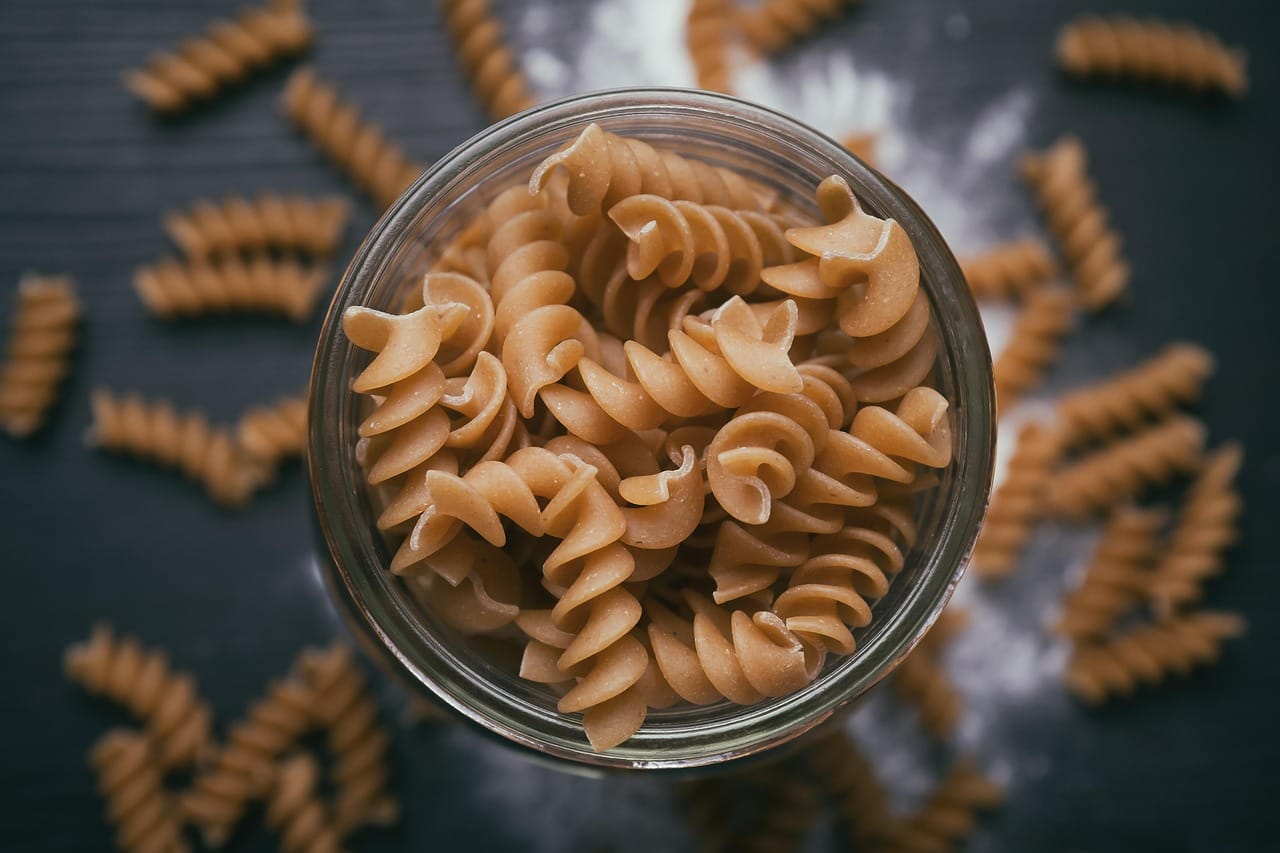Cauliflower rice: a healthy, low-carb alternative to traditional rice, made simply by grating cauliflower into rice-like pieces. It’s incredibly versatile, easy to prepare, and packs a nutritional punch. Whether you’re looking to cut carbs, add more vegetables to your diet, or simply try something new, cauliflower rice is a fantastic option that can be seamlessly incorporated into a wide variety of dishes.
What is Cauliflower Rice?
Understanding the Basics
Cauliflower rice is essentially finely chopped cauliflower that resembles the texture and appearance of cooked rice. It’s made by grating or pulsing raw cauliflower florets in a food processor until they reach a rice-like consistency. The result is a blank canvas that readily absorbs flavors, making it a perfect substitute for rice in almost any recipe.
Nutritional Benefits
Cauliflower is a nutritional powerhouse, offering a wealth of vitamins and minerals. As a cruciferous vegetable, it’s packed with antioxidants and beneficial plant compounds. Here are some key benefits:
- Low in Carbs and Calories: An excellent choice for those following low-carb or calorie-restricted diets. A cup of cauliflower rice typically contains around 5 grams of carbs and 25 calories, compared to over 45 grams of carbs and 200 calories in a cup of cooked white rice.
- Rich in Vitamins: Cauliflower is a good source of vitamin C, vitamin K, and folate.
- High in Fiber: Promotes digestive health and helps you feel fuller for longer.
- Source of Antioxidants: Contains compounds like glucosinolates and isothiocyanates, which may help protect against cellular damage.
- Versatile and Gluten-Free: A great option for those with gluten sensitivities or celiac disease.
Popularity and Trends
Cauliflower rice has surged in popularity in recent years, driven by the growing demand for healthy and low-carb alternatives. According to market research, the global market for cauliflower-based products has seen significant growth, with cauliflower rice being a key contributor. This trend reflects the increasing awareness of the benefits of incorporating more vegetables into our diets and the search for innovative ways to do so.
How to Make Cauliflower Rice
Methods of Preparation
There are several ways to make cauliflower rice, each with its own advantages.
- Food Processor: This is arguably the quickest and easiest method. Simply cut the cauliflower into florets and pulse them in a food processor until they reach a rice-like consistency. Be careful not to over-process, or you’ll end up with cauliflower mash.
- Grater: A box grater works well if you don’t have a food processor. Use the large holes to grate the cauliflower florets.
- Knife: If you’re feeling ambitious, you can finely chop the cauliflower florets with a knife. This method takes more time and effort.
Step-by-Step Guide
Here’s a detailed guide to making cauliflower rice using a food processor:
Storage Tips
- Store uncooked cauliflower rice in an airtight container in the refrigerator for up to 3-4 days.
- Cooked cauliflower rice can be stored in the refrigerator for up to 3 days.
- For longer storage, freeze the cauliflower rice in freezer-safe bags or containers for up to 2-3 months. To prevent freezer burn, squeeze out any excess moisture before freezing.
Cooking Cauliflower Rice
Methods of Cooking
Cauliflower rice can be cooked in a variety of ways, depending on your preference and the recipe you’re using.
- Sautéing: This is a quick and easy method that works well for most recipes. Heat a skillet or wok over medium heat, add a little oil, and sauté the cauliflower rice for 5-7 minutes, or until tender.
- Steaming: Steaming helps retain the nutrients in the cauliflower. Place the cauliflower rice in a steamer basket over boiling water and steam for 5-7 minutes.
- Microwaving: A convenient option for a quick meal. Place the cauliflower rice in a microwave-safe bowl with a tablespoon of water and microwave on high for 3-5 minutes.
Tips for Perfect Texture
Achieving the right texture is key to making delicious cauliflower rice.
- Don’t Overcook: Overcooked cauliflower rice can become mushy and bland. Cook it just until it’s tender-crisp.
- Remove Excess Moisture: Before cooking, squeeze out any excess moisture from the cauliflower rice using a clean kitchen towel or cheesecloth. This will help prevent it from becoming soggy.
- Season Well: Cauliflower rice is relatively neutral in flavor, so be sure to season it generously with salt, pepper, and other spices to enhance its taste.
Recipe Ideas
- Fried Cauliflower Rice: Sauté cauliflower rice with vegetables, eggs, and soy sauce for a healthy take on classic fried rice.
- Cauliflower Rice Pilaf: Add broth, herbs, and nuts to cauliflower rice for a flavorful pilaf.
- Cauliflower Rice Bowl: Top cauliflower rice with your favorite protein, vegetables, and sauce for a customizable meal bowl.
- Cauliflower Rice “Risotto”: Cook cauliflower rice with broth and parmesan cheese for a lighter version of risotto.
Incorporating Cauliflower Rice into Your Diet
Meal Planning
Cauliflower rice can be a versatile component of your meal plan. Consider these ideas:
- Substitute for Grains: Replace rice, quinoa, or couscous with cauliflower rice to reduce your carbohydrate intake.
- Add to Soups and Stews: Stir cauliflower rice into soups and stews for added texture and nutrients.
- Use as a Base for Bowls: Create healthy and flavorful meal bowls with cauliflower rice as the base. Add protein, vegetables, and a flavorful sauce.
Recipe Adaptations
Adapting your favorite recipes to include cauliflower rice is simple.
- Adjust Cooking Times: Cauliflower rice cooks much faster than traditional rice, so reduce the cooking time accordingly.
- Adjust Seasoning: Taste and adjust the seasoning as needed, as cauliflower rice may require more seasoning than traditional rice.
- Experiment with Flavors: Cauliflower rice is a blank canvas, so don’t be afraid to experiment with different flavors and spices.
Portion Control
While cauliflower rice is a healthy option, it’s still important to practice portion control. A serving size of 1 cup is a good starting point. Consider the other components of your meal to ensure a balanced and nutritious diet.
Potential Drawbacks and Solutions
Taste and Texture
Some people may find the taste and texture of cauliflower rice to be different from traditional rice. Here are some tips to overcome these challenges:
- Enhance Flavor: Season generously with spices, herbs, and sauces to mask the cauliflower flavor.
- Adjust Texture: Don’t overcook the cauliflower rice to prevent it from becoming mushy. Sautéing or roasting can help improve the texture.
- Mix with Rice: Start by mixing cauliflower rice with regular rice to gradually adjust to the taste and texture.
Digestive Issues
Cauliflower contains compounds that can cause gas and bloating in some individuals.
- Start Small: Introduce cauliflower rice into your diet gradually to allow your digestive system to adjust.
- Cook Thoroughly: Cooking cauliflower rice thoroughly can help reduce the likelihood of digestive issues.
- Consider Digestive Aids: Taking a digestive enzyme supplement may help alleviate gas and bloating.
Cost and Availability
Cauliflower rice can sometimes be more expensive or less readily available than traditional rice.
- Make Your Own: Making cauliflower rice at home is a cost-effective option.
- Buy in Bulk: Purchase cauliflower in bulk when it’s on sale and freeze it for later use.
- Explore Alternatives: If cauliflower rice is not available, consider other low-carb alternatives like broccoli rice or zucchini noodles.
Conclusion
Cauliflower rice is a versatile and nutritious alternative to traditional rice that can easily be incorporated into a variety of dishes. Its low-carb, high-fiber, and vitamin-rich profile makes it an excellent choice for those looking to improve their diet and overall health. By understanding how to properly prepare and cook cauliflower rice, you can enjoy its many benefits without sacrificing flavor or texture. So, get creative in the kitchen and explore the endless possibilities that cauliflower rice has to offer!




